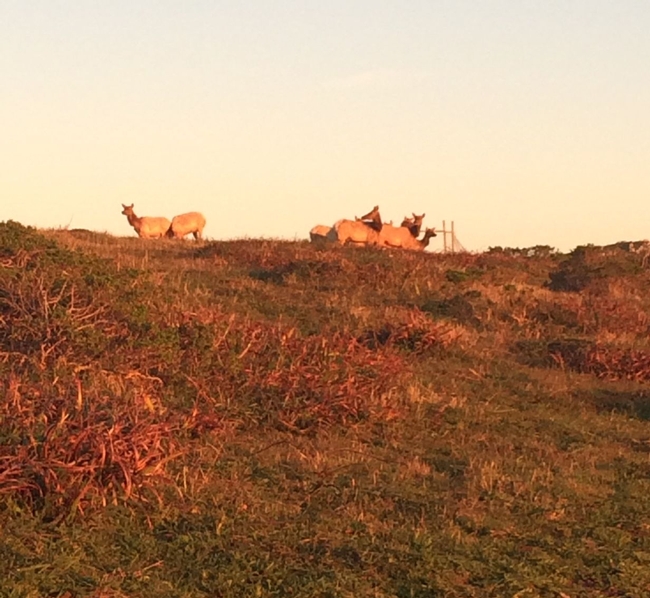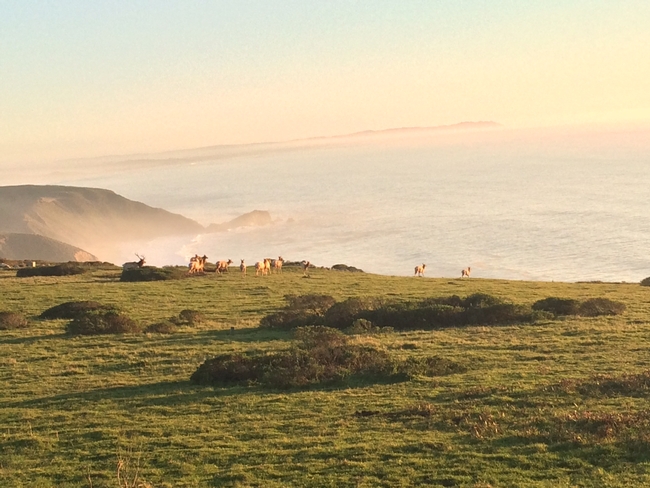As the instructor for the Santa Rosa Junior College Range Class, I give students an education about using livestock grazing as a tool in Sonoma County to manage resources; especially in our regional and state parks. I took my class to Point Reyes National Seashore to experience rangelands and the use of grazing. The following blog post was written by student Nicko Wilde.

While much attention is currently being focused on the impacts of the elk sharing land with cattle, the views on this dynamic, mixed in opinion and criticism as they are, still do not focus primarily on a more general concern of overgrazing via poor practices, which ought to retain more attention. The impacts of irresponsible grazing include some of the following: reduced nesting sits for birds & wildlife, nest trampling, reduced cover, reduced floral biodiversity, and attractiveness to predators, parasites, and diseases.
Those who argue that no cattle should graze in point Reyes due to its ecological and protected status, should similarly step back and consider grazing done well can promote the following: watering sources for cattle can also provide water for wildlife, more public input and interest in water district activity, a transition from economically viable ranches based on meat production solely, to ranching done with land restoration productive capacity goals, and therefore a renewed focus on managing for plants with a higher forage value, managing for ornamentals, erosion control, etc.
Attached Images:
